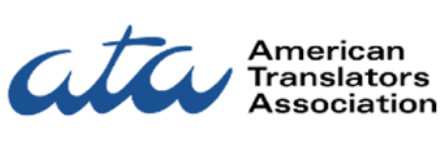English to Dutch Translation for
Everything from Tourism to IT
For those translating a document from Dutch to English, there are differences that both those doing the translating, and those receiving the translations should be aware of.
- One of the biggest differences found in a Dutch to English translation can be found in documents such as manuals. Manuals that involve directions and use imperatives in English, will have to be translated as such from the original Dutch, which uses auxiliaries for such things.
- For example, in a manual that says something like, “Insert the cable into its coordinating port,” would not appear the same way, word for word, in Dutch. Those needing a Dutch document translation to English should be vigilant about the use of imperatives, and changes such as these when translating Dutch to English .
- Translating Dutch signs to English – say for tourists – also take on different forms. Rather than the English sign which says “no smoking” the Dutch sign would say (in a literal translation) “prohibited to smoke,” or in Dutch, “verboden te roken.” The differences are subtle, but they are important, nevertheless, for a professional Dutch translation.
While there are many other differences that occur for Dutch to English translation, these are simply a few to be aware of. There have been even prominent businesses and marketing campaigns who were not vigilant, and have made embarrassing translation mistakes for even a simple phrase. Tomedes provides professional Dutch translation not only to English speaking clients, but to Belgian and Flemish clients for English tourists, business transactions, legal documents, and much more. Our worldwide service is renowned for its accuracy, delivery, and reputation as a leading translation service.
















